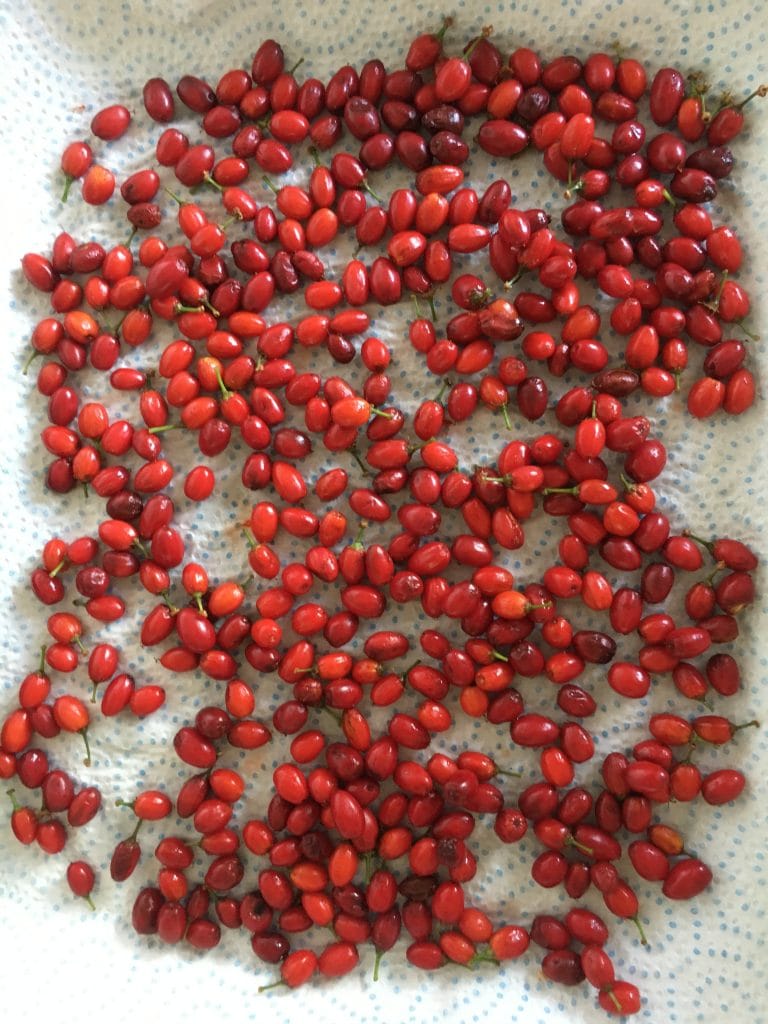Coca Seed – Understanding the Erythroxylum Coca Botanical Heritage
The Story Behind the Coca Seed
Every Coca Seed tells a story — a botanical and cultural journey that connects science, ecology, and history.
The Erythroxylum coca plant, native to South America, has been cultivated for thousands of years for its ecological and ethnobotanical significance.
While most people know of the plant through cultural references, few understand the remarkable biology behind the coca seed itself — a small, resilient structure capable of sustaining an entire ecosystem of life and knowledge.
1️⃣ Botanical Description of the Coca Seed
The Erythroxylum coca seed is oval-shaped, slightly flattened, and dark brown. It is enclosed in a small red berry that ripens during the warm, humid season.
Each seed contains a protective outer layer, a nutrient-rich endosperm, and a delicate embryo — all essential for germination.
🧬 Botanically, Erythroxylum coca belongs to the Erythroxylaceae family — a group of tropical species known for complex alkaloid structures and adaptive evolution.
2️⃣ The Life Cycle of a Coca Seed
From seed to sprout, the coca plant follows a delicate life cycle:
- Seed Formation – inside mature berries
- Dormancy – dry storage during seasonal changes
- Germination – triggered by warmth and humidity
- Seedling Growth – initial leaves emerge
- Maturation – woody stem development and berry production
The process is highly sensitive to temperature and moisture. For research propagation, coca seeds are typically kept in carefully monitored environments to preserve viability.
3️⃣ Cultural and Scientific Importance
Throughout centuries, coca seeds have represented more than just a plant. They symbolize the connection between traditional knowledge and modern science.
Ethnobotanical studies have shown that coca plants have played roles in agriculture, medicine, and cultural rituals.
🔗 External Resource: Read more on the Erythroxylum genus (Kew Gardens)
4️⃣ Conservation and Ethical Research
Modern botanical research focuses on preserving the coca species in a responsible, transparent way. Because of its restricted nature in many regions, authentic research materials (including seeds) are handled with care and documentation.
- Ethical collection
- Legal documentation
- Respect for indigenous origins
📩 For verified research access or availability inquiries, contact info@dbotany.com.
5️⃣ From Seed to Science – A Living Heritage
The coca seed is a living capsule of biodiversity. From the Andes to modern laboratories, it continues to inspire research, conservation, and cross-cultural understanding.
🌱 Each seed carries a legacy — small in size, immense in history.
For detailed information about multiple seed varieties, read our main article: Coca Seeds – Botanical and Ethnobotanical Overview



Thank you 👏👏👏